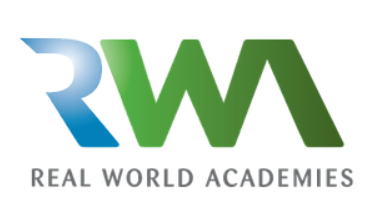The traditional education system is no longer effective in today’s diverse classrooms. A “one-size-fits-all” approach to learning can often lead to students feeling left behind or bored, and not engaged in the learning process. Customization, however, has emerged as the key to creating a learner-first approach that prioritizes individual needs, preferences, and abilities.
What is Customization?
Customization involves tailoring the learning experience to meet the unique goals and challenges of each student. It means adapting the curriculum to accommodate different learning styles, providing extra support for students with learning differences, and empowering students to take ownership of their own learning.
Customization also recognizes that every student is unique and has their own learning journey. It involves providing learners with choices and opportunities to pursue their interests, passions, and talents. By doing so, educators can create a more inclusive and effective education system that puts the learner first.
Why is Customization Important?
Customization is essential to creating an education system that works for all learners, regardless of their background, abilities, or learning style. By providing customized learning experiences, educators can engage learners, promote retention of knowledge, and ultimately lead to better learning outcomes. Furthermore, customization helps to create a more equitable and accessible education system by recognizing that every learner has different needs and abilities.
Customization also encourages students to take ownership of their own learning, which is essential for lifelong learning. By allowing students to choose how and what they learn, they are more likely to stay engaged and motivated. This can lead to increased confidence, self-esteem, and a sense of empowerment.
How Can Educators Implement Customization?
Implementing customization in the classroom requires a shift in mindset and approach. Educators need to be willing to adapt their teaching methods, materials, and assessments to meet the needs of individual learners. This can involve:
- Understanding students’ individual learning styles and preferences
- Providing choices and opportunities for student-driven learning
- Adapting teaching materials and assessments to accommodate different learning abilities
- Providing extra support for students with learning differences
- Encouraging and fostering a growth mindset
- Empowering students to take ownership of their own learning
By incorporating these strategies, educators can create a more learner-centric approach to education that puts the needs of individuals at the forefront.


Recent Comments